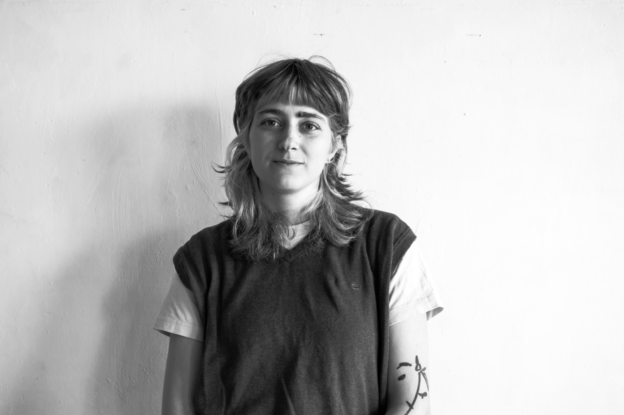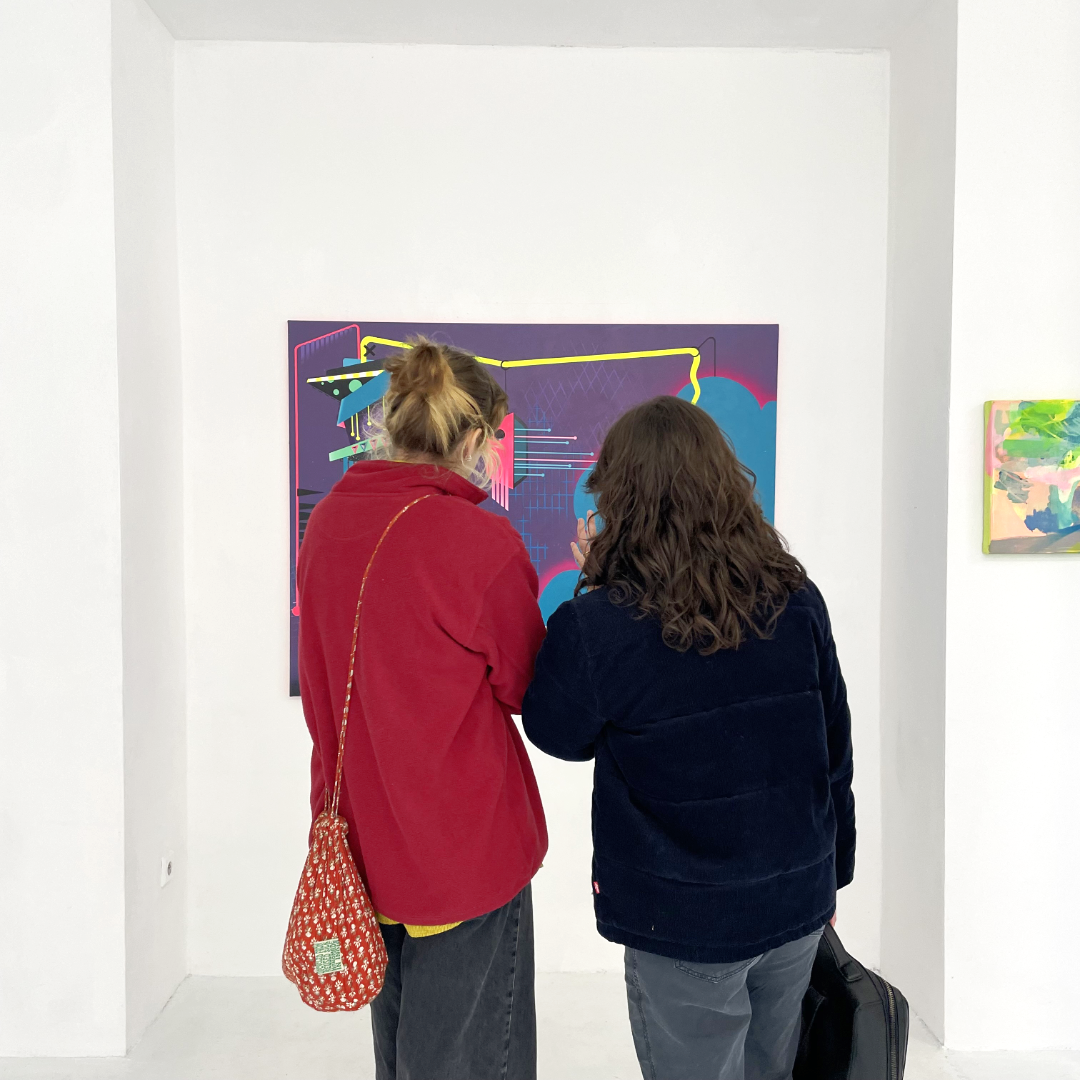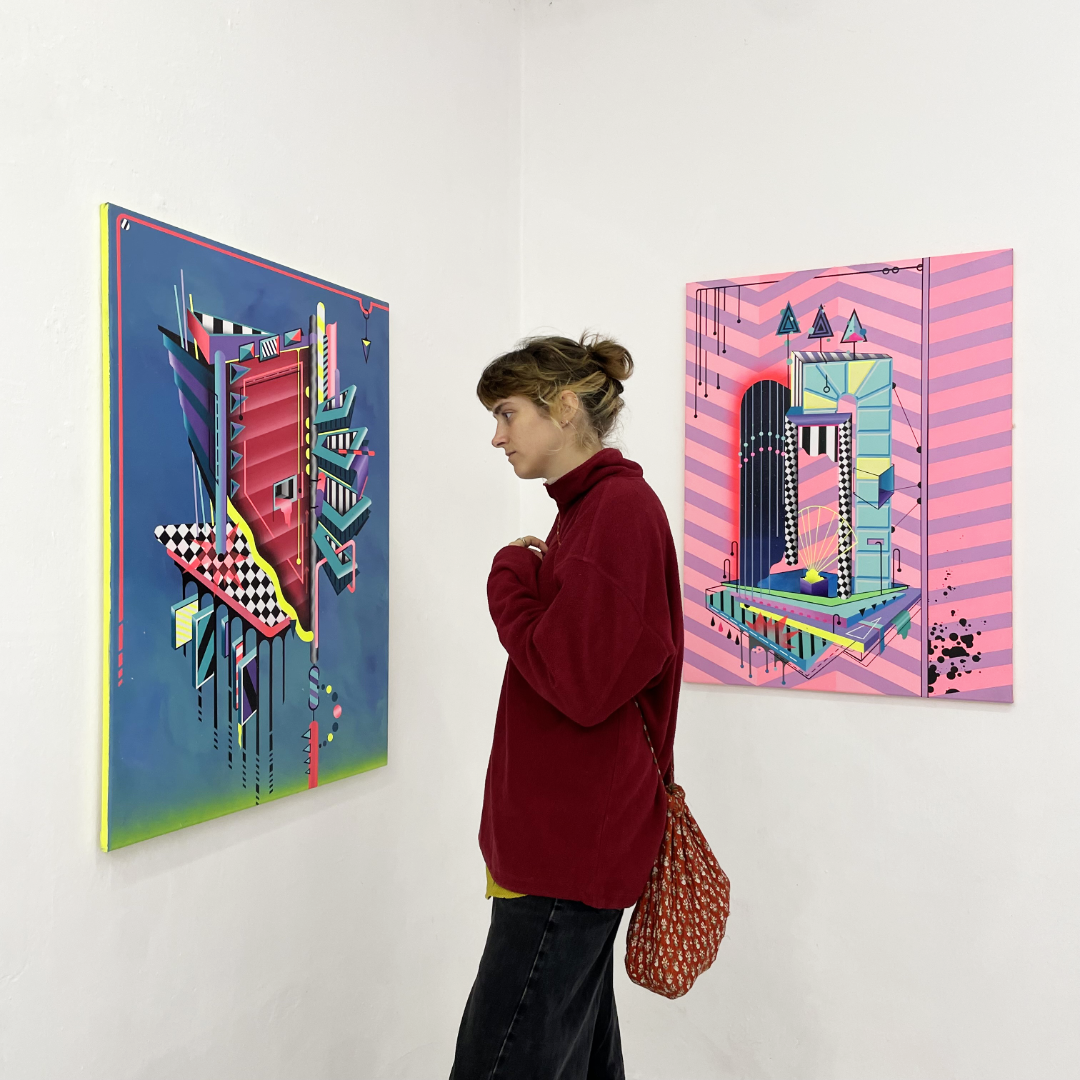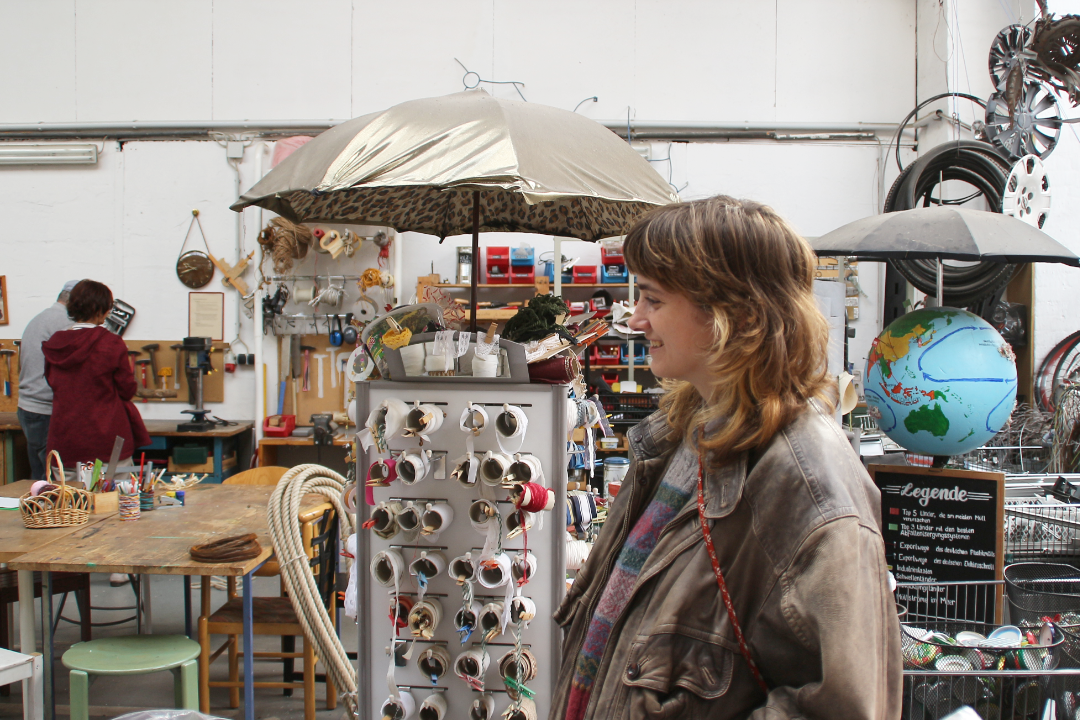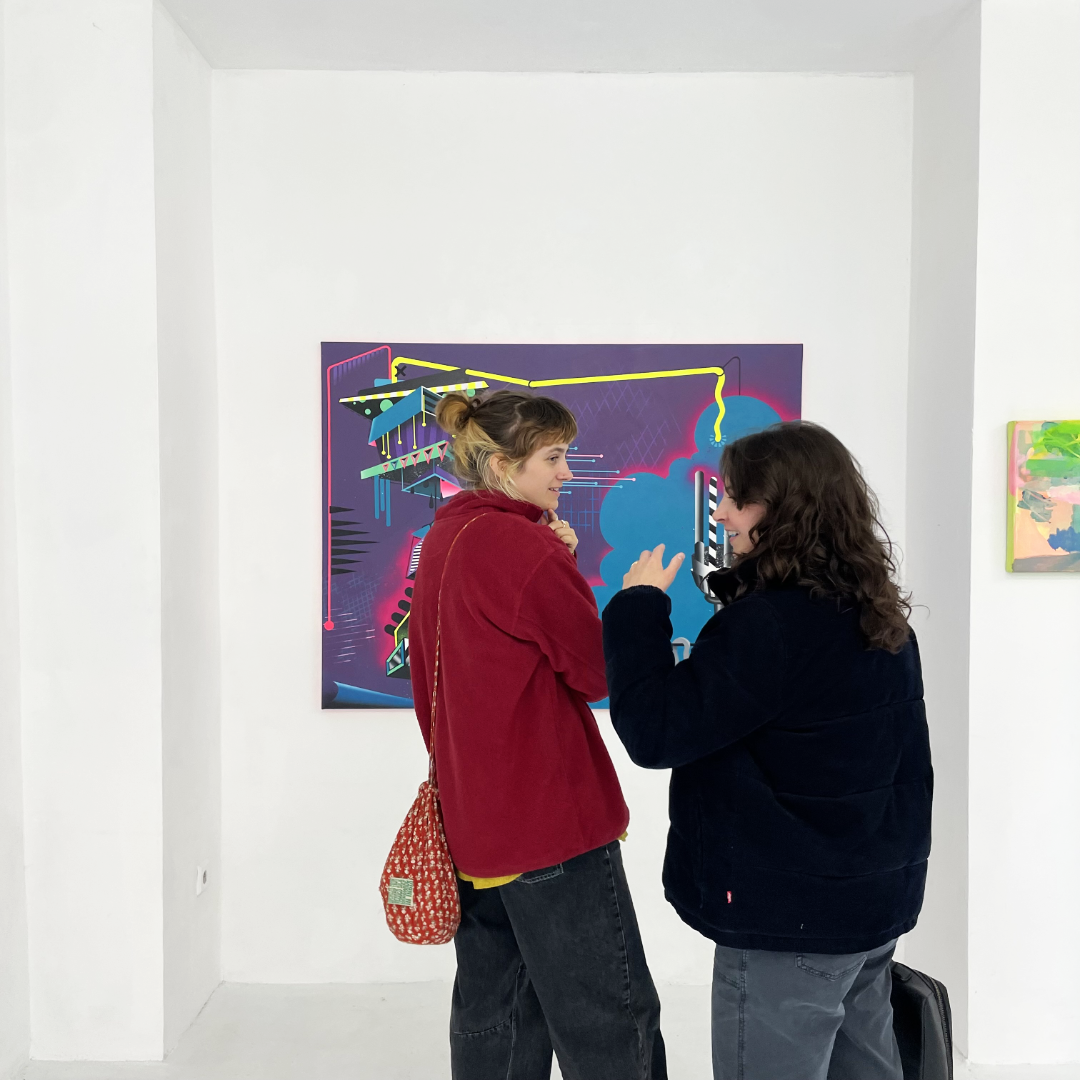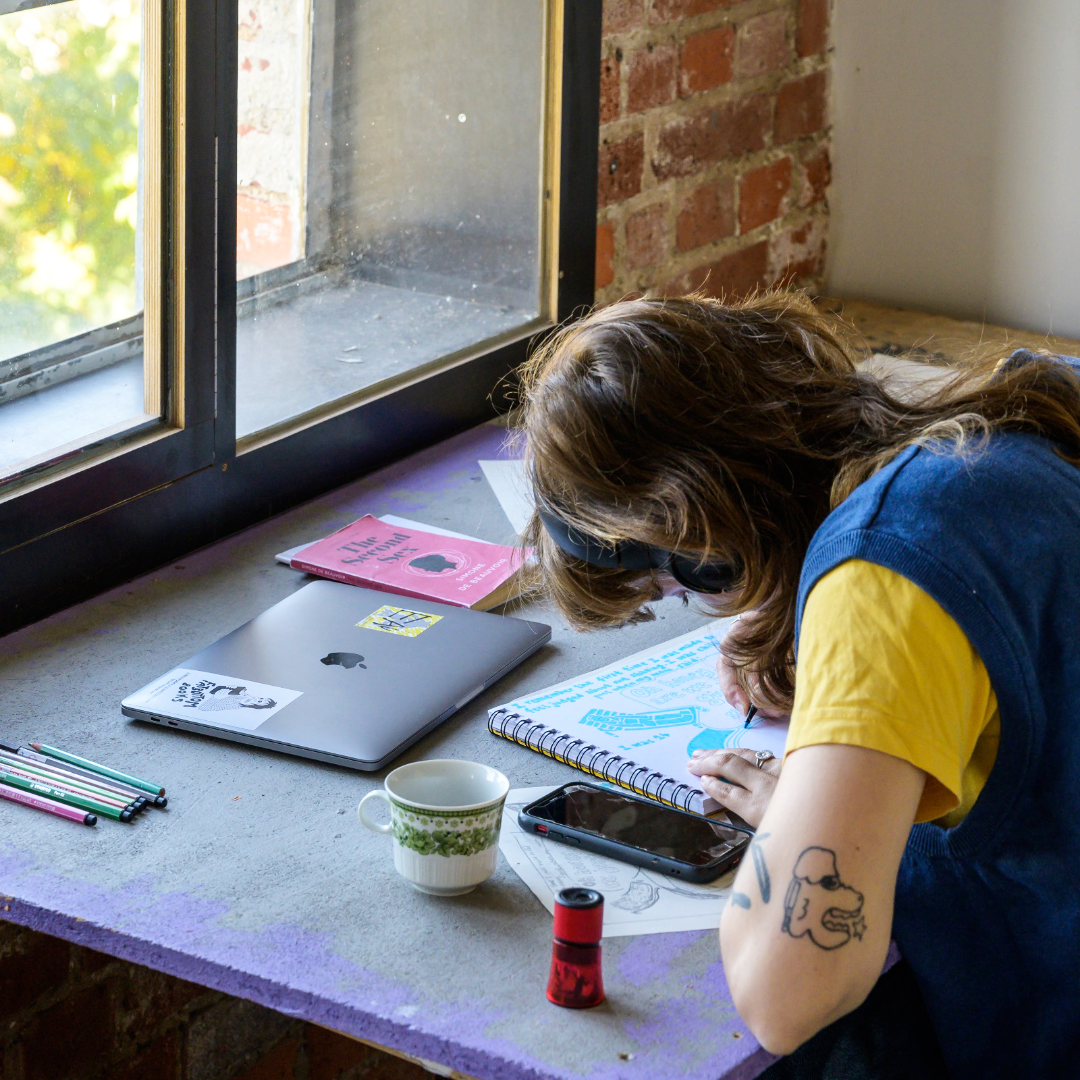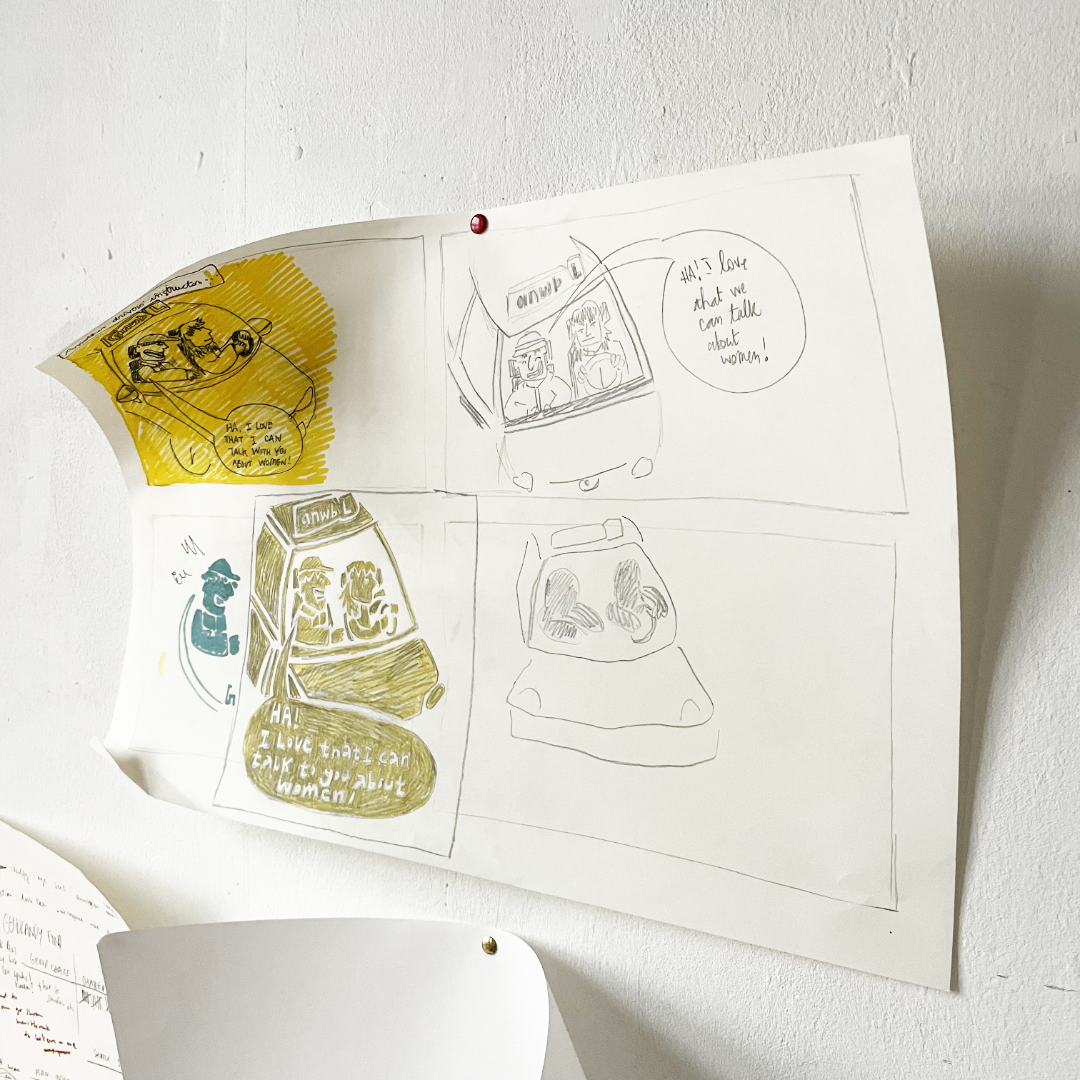Today I have the opportunity to interview Eva ten Have, who is currently participating in the PILOTENKUECHE International Art Program. Her work is fascinating to me because it reveals, through Comics, in a personal and moving way, the underlying structures that affect our behavior and our lives, even in the most attentive environments.
Hello, Eva, can you tell me what your current project is about?
I’m making a project on heteronormativity, which is the assumption that everyone is in a heterosexual relationship. I want to show in what ways the societal idea can (and does) impact people’s self perception. Heteronormativity is about more than just sexuality, but also about gender norms, for example/like what is expected of women but also men to be (accepted) in society. I want to find situations where people have encountered heteronormativity in day to day situations, to show how seemingly little comments can have a great impact all together. I am collecting these stories, these subtle and sometimes not so subtle comments through a survey and interviews with the other PK artists. I want to show that this need to comment on people’s relationship status or comment on someone’s look for example comes from this heteronormative assumption in our society. I want to show how heteronormativity is ingrained in all of us. Like even me, even you.
How did this project start? Did you yourself experience restrictions or expectations on you?
While doing graphic design in Rotterdam, I wanted to work on a project surrounding the expectation to be in a relationship. About the notion of how being single is often looked down on in society. Then I moved into a more personal angle: I decided to look at my own experiences with these types of expectations, and realized that for me they often had to do with my sexuality, inlcuding the way I dressed. Even my first girlfriend, I remember sometimes commenting on how gay I looked, often with a bad connotation. When we broke up I felt as though my sadness from the breakup proved to others how true my feelings were. As if I had to prove it to them.
Later on, I started really being proud of my identity. I love holding a woman’s hand and I’m really happy when I see another lesbian or gay couple also living outside of this heteronorm. With that also comes how you express yourself. I think I’ve always been quite masculine or androgynous in how I dress and I’ve gotten so many comments on f.ex.how baggy my clothes are. As if there’s one way to be a woman.
When did you find you want to open the project, more in the direction of how we put rules on each other?
I think I just want to talk to people about what they think about heteronormativity. Once I was listening to this podcast called Damn Honey. They had this interview with these lesbian feminist activists in Amsterdam who were saying how one’s sexuality actually has nothing to do with one’s sexual orientation, but everything to do with power and social order. Now I am trying to show how this is true by collecting these stories. I want to show that we all feel some form of heteronormative expectations in our day to day life. I thought I’d have to make something about it.
Do you have idols? People you think do a fantastic job on this topic?
There’s one artist I really love. Her name is Samantha Nye.
One of her painting series is based on the photographer, Slim Aarons, who made this photography series called Attractive People in Attractive Places Doing Attractive Things. It’s very much his view of attractiveness; always showing cis white people. Samantha made her own series with the same title, based off his work, but replacing his view of what attractiveness looks like with her own utopia in it. So she’ll have these works where you just see a lot of pleasure, with bright colors and lots of lesbian and elderly women having sex, and using sex toys. . She is mimicking Slims photographes but making it her view of what attractiveness is. You should look up her work. It’s really amazing.
And similar to you she’s also working on this kind of Parallel universe which isn’t parallel but real. Revealing what and who else is there too. How do you create your visual language and why should it become a book in the end?
I love making comics. Making comics is a way to show a serious topic in a funny, or more approachable way.
Comics are a great way to have little text and make something very clear. Like, the sketches with one colour, that’s something that I find fun to do. I like sketches sometimes more than the final product. It shows this imperfection and also that it’s hand drawn. I think it’s very satisfying to see. And then I love colour, I used to be obsessed with the colour orange, for example. It just really makes me happy. And so I think there’s something playful about it and also maybe almost naive or childish in a way.
Making it into a book allows me to add my theoretical thoughts. If you’re only interested in the comics, ok. But I think it’s nice to be able to read more about a topic, because sometimes people are still confused (about heteronormativity). I think by making a book I’m hoping to get more people to understand this concept that I’m trying to explain. So people can understand it from reading only the comments, or only the more theoretical parts if they wish to, or both.
interview held by Julianne Csapo
See and learn more about Eva ten Haves Work on her website, If you are curious how heteronormativity is influencing your life or want to contribute to the further research of Eva ten Have, here again is the link to her survey
Meet her during our open Studio event & future conference @pilotenkueche on the 23. November 2024
or at the final Show of Round 61: Hidden Portrait – 14.December 2024 @Ars Avanti, Giesserstrasse 75, 04229 Leipzig

